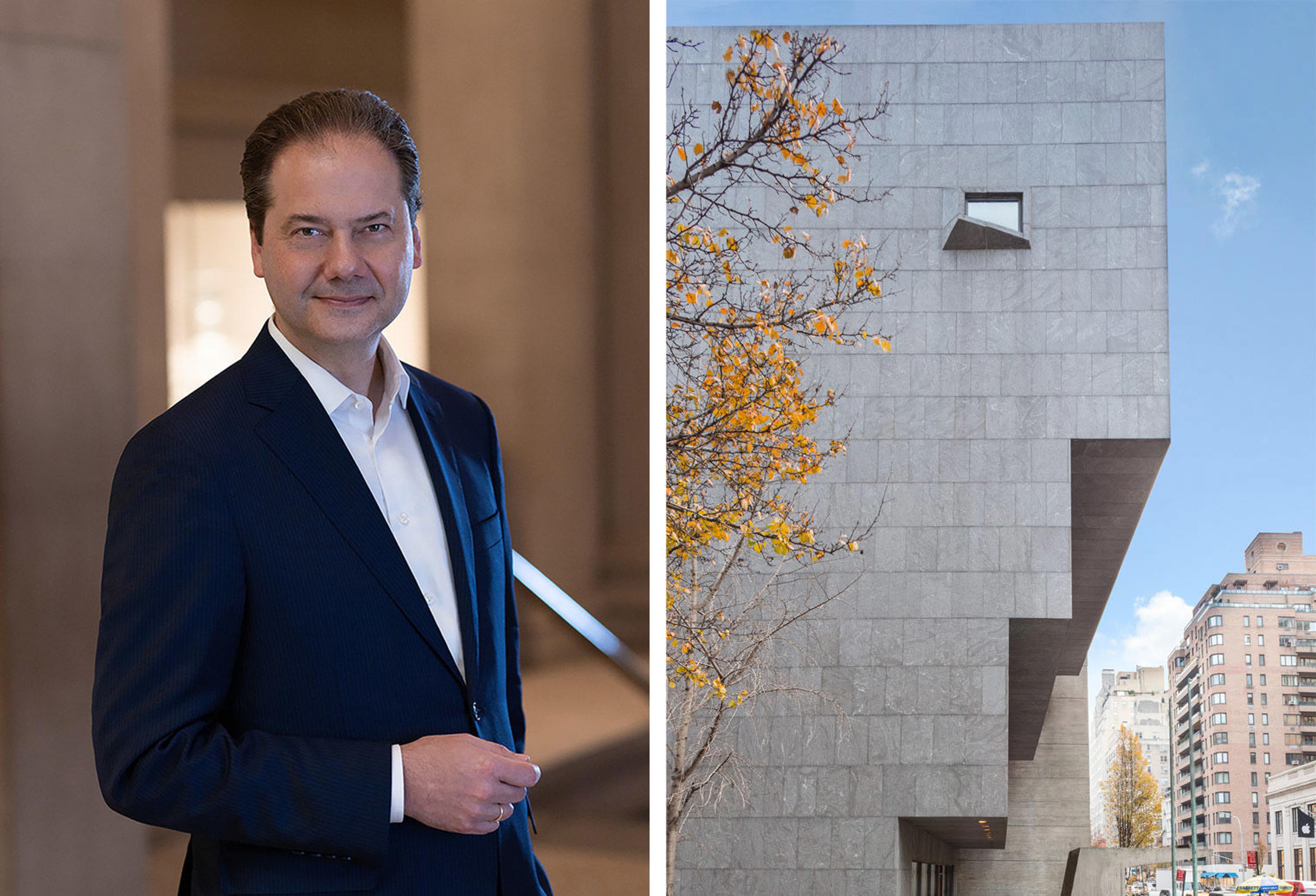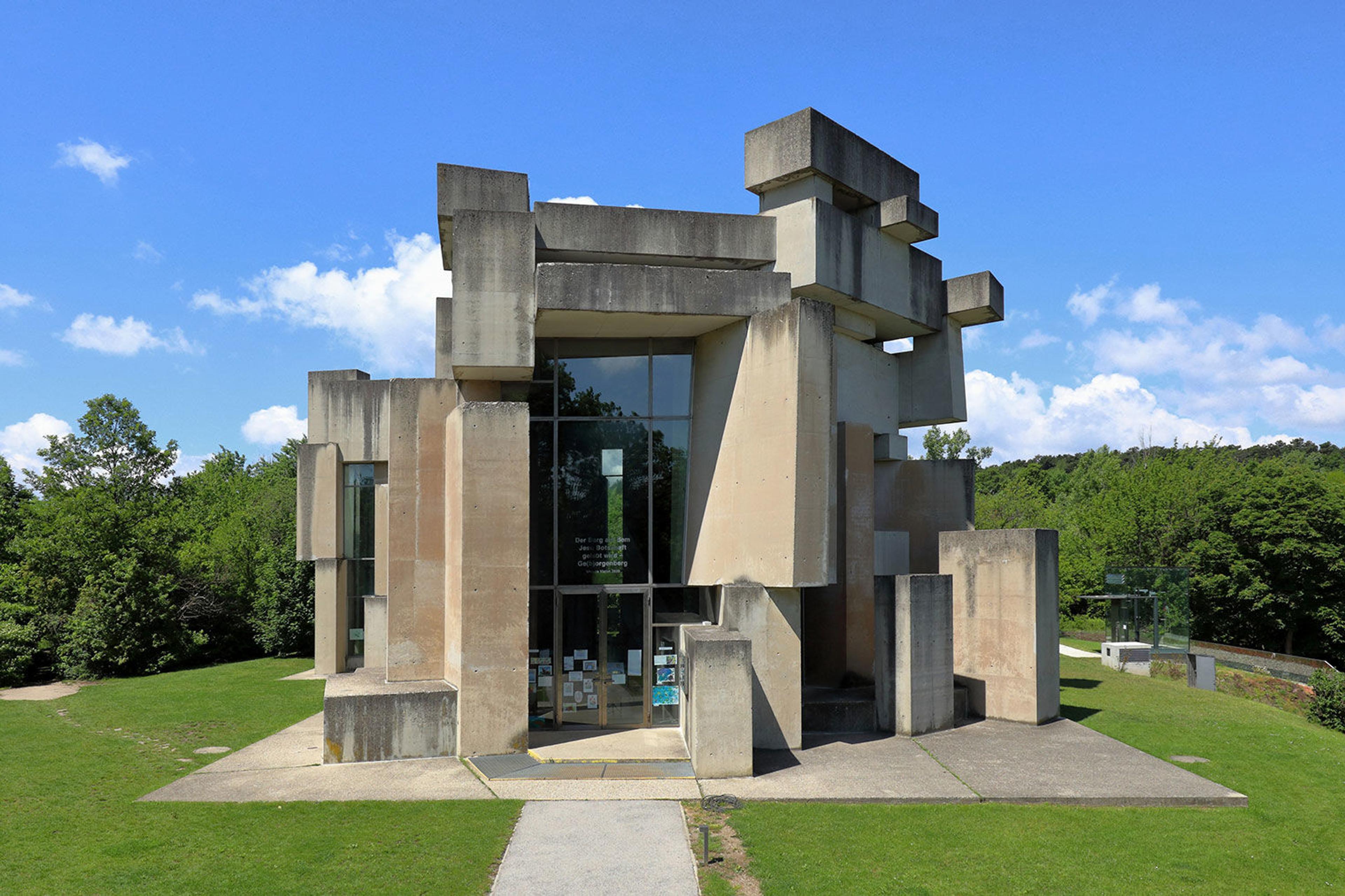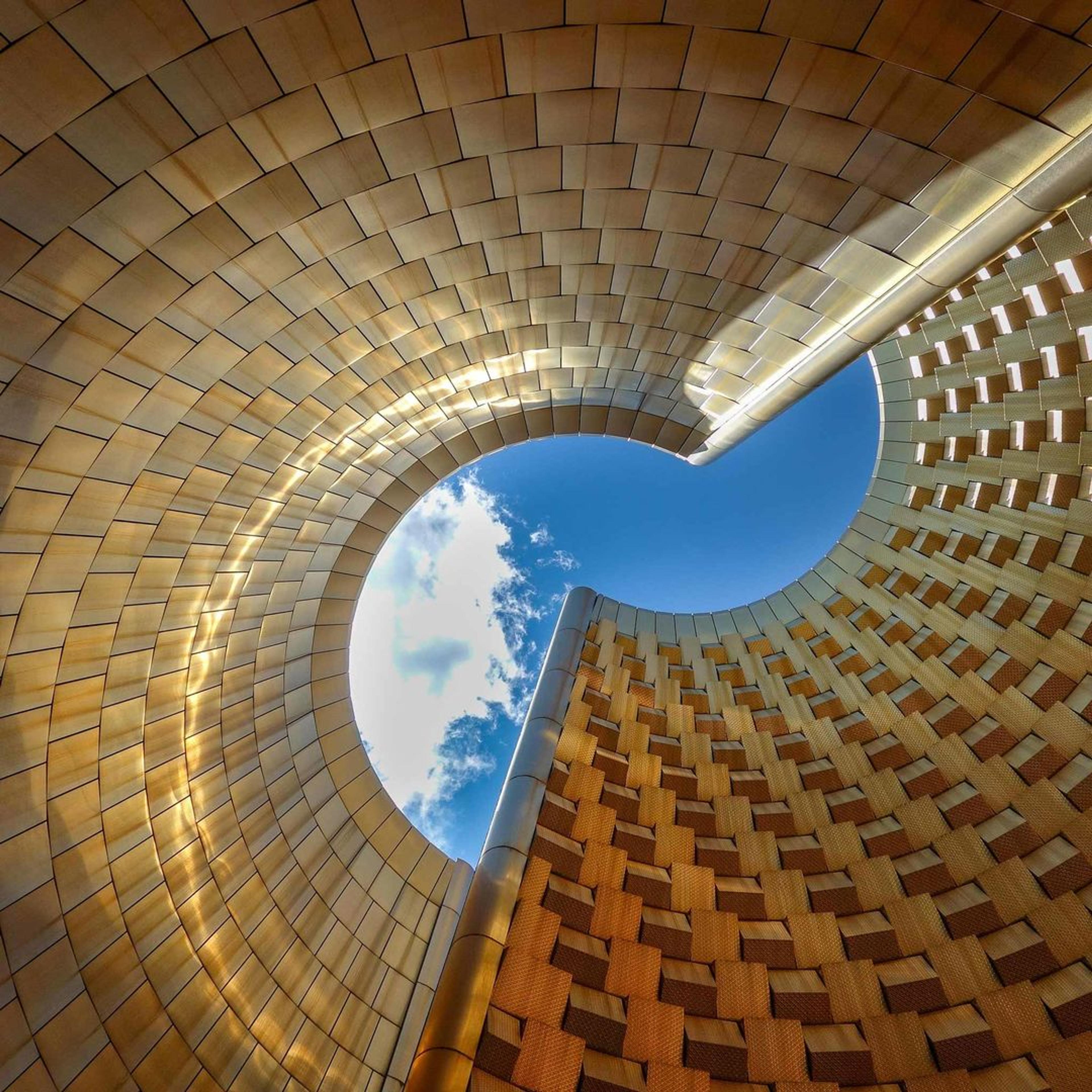In Immaterial, The Met’s podcast about the materials of art, curator Abraham Thomas likens attitudes towards concrete to those surrounding the British savory food spread Marmite. Some people can’t get enough of the salty concoction; others find it completely repulsive. All of this is to say that the inexpensive, castable, stone-hard, gray-colored material that holds our world together is not to everyone’s taste.
In its namesake episode, we hear from many experts on concrete from Thomas, to architectural history Professor Adrian Forty, to sculptor Doris Salcedo. But one expert who did not weigh in until now is The Met’s director, Max Hollein. A fan of brutalist architecture and someone who has spent his career working in and around “white cube” gallery spaces, Hollein offered us some personal insights that cast concrete in a whole new form.

Left: Max Hollein, Marina Kellen French Director of The Metropolitan Museum of Art. Right: A view of the Breuer building, formerly The Met Breuer now Frick Madison
Immaterial’s concrete episode begins with some strong personal feelings about concrete as a medium—people seem to love it or hate it. How do you feel about concrete—do you love it or hate it, and why?
Max Hollein: Concrete is all around us, like water. More than any other material it shows the lasting presence of humans on our globe. It can exemplify, represent, and construct many different ways for us to live together, from paving roads to erecting insurmountable walls.
What is your earliest memory of concrete? Were your views on the material shaped by your father, the renowned architect Hans Hollein?
Hollein: The smell of concrete transports me back in time to my childhood. While other kids walk through the forest with their parents as leisure activity, I walked through construction sites with my father. Concrete is probably first a material that you literally bump into as a child and that you experience as indestructible. In architecture it represented from the very beginning endless new possibilities in shaping space, creating forms and erecting permanence. My father early on had very conceptual thoughts about the usage of concrete, as exemplified in his utopian drawing of the city Copenhagen buried in concrete (now in the collection of the Centre Pompidou).
One of my earliest architectural experiences with concrete was the church by the Austrian sculptor Fritz Wotruba in Vienna. Having grown up in Vienna—which is full of Gothic, Baroque and Neo-Gothic Catholic churches—this edifice represents such a different approach to how a church, constructed on so many pillars, can manifest itself as a building and as a community center.

The Wotrubakirche in Vienna, Austria. Photo courtesy © Bwag/CC-BY-SA-4.0
What do you make of the ascension of the concrete-walled “white cube” gallery space for the display of contemporary art, which represents a move away from the more ornate buildings that predate them?
Hollein: The white cube gallery rose to prominence in the twentieth century along with the turn to abstraction in modern art. It represented a paradigm shift in how art was displayed and spatially defined a (supposedly) neutral setting. It gave the gallery a cool, reserved, yet imposing aura and defined a whole era of museum architecture. In effect, the white cube elevated art to a timeless, sacred status by eliminating evidence of the outside world. But this is nothing new, or neutral. Ancient tombs and temples, medieval churches, and European galleries of previous eras with their red-velvet wall coverings or soaring salon-style hangs––each style was designed to convey the importance of the objects on display and to transport visitors beyond the daily grind. Context always shapes our perception of art.
In the Immaterial episode on concrete, we dive into artist Doris Salcedo’s use of the material to broach stories of grief, erasure, and memory. What are some other objects (or spaces) that stick out to you as using concrete in exceptional ways?
Hollein: I have always been a fan of brutalist architecture, which employs concrete as a formative material in deeply inspiring ways. Brutalist architecture is one of the most important architectural styles of the twentieth century, and I share concern with many others that the true meaning is being erased and misunderstood. The movement is responsible for so many extraordinary buildings. The Met is so proud to have helped preserve the Breuer building (currently known as Frick Madison) and program it in meaningful ways that were in dialogue with the extraordinary architecture. Instagram is also playing a big role in elevating awareness of the merits of Brutalist architecture. Just look up the hashtag #brutalism or visit the SOS Brutalism account.
This interview has been edited for publication.
Listen to Immaterial to learn what artists’ materials can tell us about art, history, and humanity.
Read full transcript with artwork images here
Subscribe wherever you listen to podcasts:
Listen on Apple Podcasts Listen on Spotify Listen on Google Podcasts Listen on Stitcher
Marquee: Interior view of a structure at Vulcania, designed by Hans Hollein
